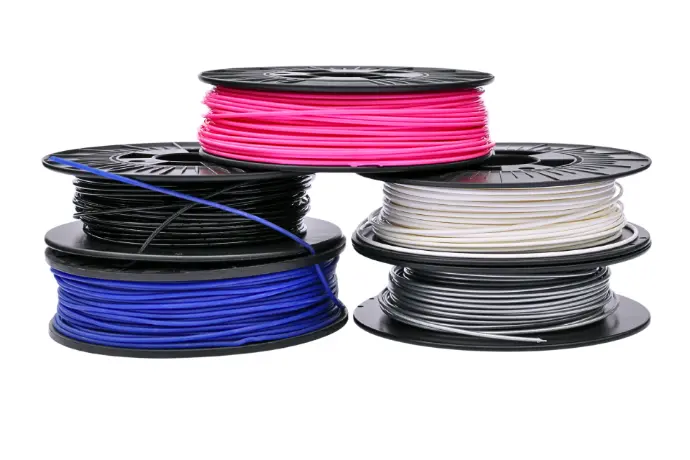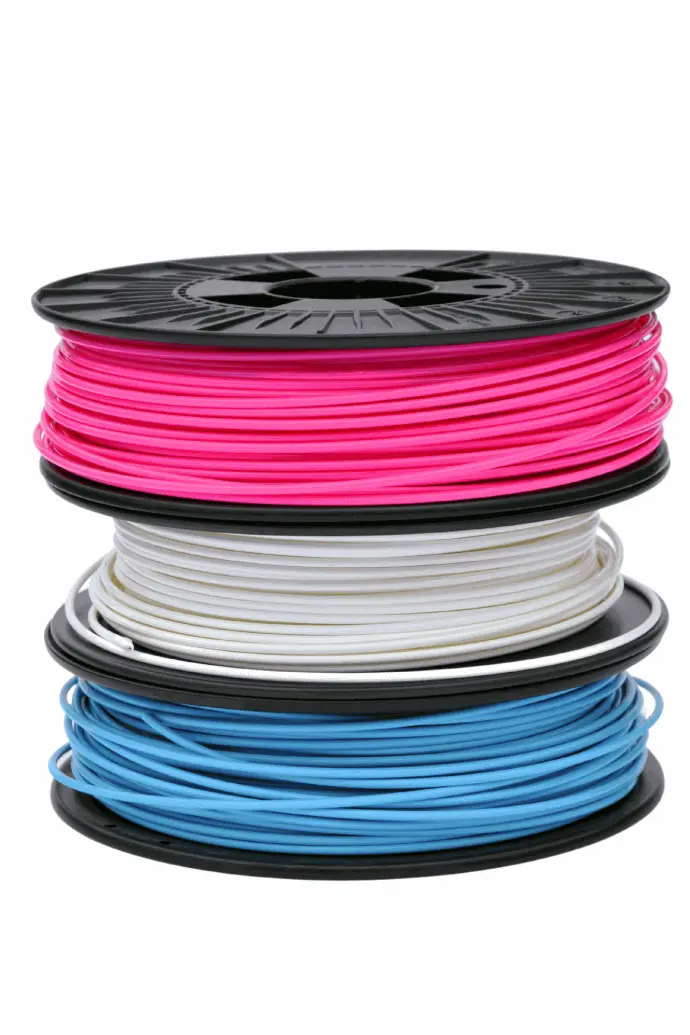3D printing is growing in popularity, but as its use expands, so do myths about filaments. Today, we’ll debunk common misconceptions about PLA and PETG, separating fact from fiction.
PLA
Myth #1: PLA is brittle and unsuitable for functional parts
Truth: Modern PLA variants such as PLA Pro, and PLA Blaster offer enhanced strength and durability. With proper print settings, they can rival PETG or even ABS, making them ideal for a wide range of functional applications.
Myth #2: PLA is only good for decorative prints
Truth: While PLA is often associated with aesthetic prints, its advanced versions like PLA Pro allow for strong, functional parts such as gears, technical prototypes, and mechanical components.
Myth #3: PLA has weak layer adhesion
Truth: PLA boasts excellent layer adhesion, especially when optimal temperature settings are used. This results in strong and precise prints with minimal defects.
Myth #4: PLA is not suitable for mechanical parts
Truth: Modern PLA filaments with reinforcing additives provide high strength, making them reliable even for demanding structural applications.


PETG
Myth #6: PETG is as strong as ABS but without its downsides
Truth: PETG provides an excellent balance of strength and flexibility. Unlike ABS, it is easier to print and doesn’t emit harmful fumes. Its superior layer adhesion ensures strong and reliable prints.
Myth #7: PETG is only suitable for simple prints and is not precise enough
Truth: PETG is widely used for mechanical parts, high-temperature applications, and prints requiring both strength and flexibility. When infused with carbon fiber, PETG becomes even stronger, making it perfect for technical projects. PETG balances strength and precision well. With fine-tuned settings, it can produce highly accurate prints, perfect for prototyping and end-use products.
Myth #8: PETG is difficult to print
Truth: PETG is relatively easy to print with proper settings. Compared to ABS, it adheres better to the build plate and warps less, making it a great material for both beginners and experienced users.
Myth #9: PETG is too expensive for everyday use
Truth: PETG offers excellent value for money. Its combination of strength, flexibility, and ease of printing makes it a cost-effective choice for both professional and hobbyist applications.
Myth #10: PETG prints are always glossy
Truth: While PETG has a natural glossy finish, print appearance can be adjusted by modifying layer height and speed settings, allowing for matte or semi-gloss effects.
Myth #11: PETG lacks sufficient heat resistance
Truth: While PETG has a lower heat resistance than ABS, it can withstand temperatures around 80°C, making it suitable for a wide range of applications. Special PETG variants offer even greater thermal stability.
WHAT ELSE?
Myth #12: PLA and PETG aren’t strong enough for demanding applications
Truth: PLA Plus and PETG are ideal for functional prototypes, mechanical parts, and household repairs. With the right printing settings, they achieve impressive strength and durability while maintaining easy printability.
Myth #13: PLA and PETG wear out quickly
Truth: Improved PLA and PETG filaments offer great resistance to mechanical wear, making them suitable for technical parts and everyday use, ensuring longevity in various applications.
PLA and PETG are highly versatile materials with numerous benefits. Understanding their properties allows for optimal use and outstanding results in 3D printing.
Print efficiently. Print with confidence. Unlock the full potential of PLA and PETG!

